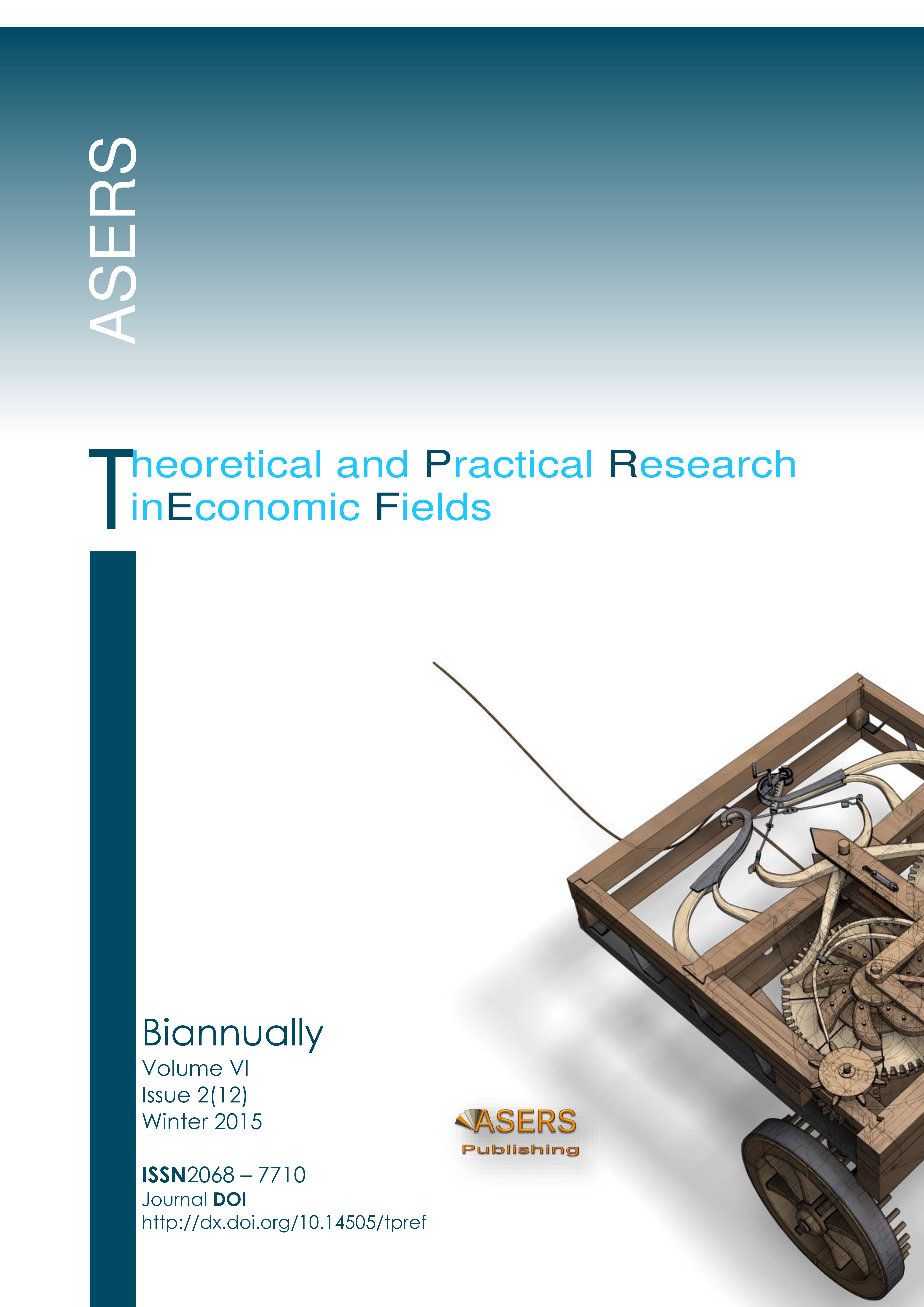A New Keynesian Framework for Monetary Policy Analysis in Iran’s Economy.
A Dynamic Stochastic General Equilibrium Approach
A New Keynesian Framework for Monetary Policy Analysis in Iran’s Economy.
A Dynamic Stochastic General Equilibrium Approach
Author(s): AfshinQ Heidarpour, PAHLAVANI Mosayeb, SHAHIKI TASH Mohamadnabi, TAYEB SeyedkomailSubject(s): Business Economy / Management
Published by: ASERS Publishing
Keywords: monetary policy analysis; New Keynesian Approach; Bayesian estimation
Summary/Abstract: This paper focuses on New Keynesian framework for monetary policy analysis of Iran. It considers a dynamic stochastic general equilibrium (DSGE) models. This article expands a sensitivity analysis of the optimal rules to deep structural parameters and investigating properties of an optimal simple rule with respect to prevailing type of shocks which is the main purpose of the article. Finally, the study highlights how an optimal policy rule depends on model structure, on the model calibration and nominal rigidities. According to the research findings, based on the theoretical expectations, the effect of a positive shock inflicted on the government investment leads to an increase and gradual accumulation of fixed capital formation in the public sector. Among estimated parameters, consumption is the first affected and reduces, then employment increases consequently, finally production will also be affected. Also with the shock of oil revenues, increased oil revenues which results in public investment at first, because of the increase in oil revenues, the government enhances development expenditure. Though, increase in development expenditure is more than increase in current expenditure. Enhancing DOI: http://dx.doi.org/10.14505/tpref.v6.2(12).01 Volume VI, Issue 2(12), Winter 2015 97 development expenditure and construction spending causes total spending increase. As a result of increased production of oil income, consumption and total investment will rise. This leads to inflation too.
Journal: Theoretical and Practical Research in Economic Fields (TPREF)
- Issue Year: VI/2015
- Issue No: 12
- Page Range: 96-115
- Page Count: 19
- Language: English
- Content File-PDF

